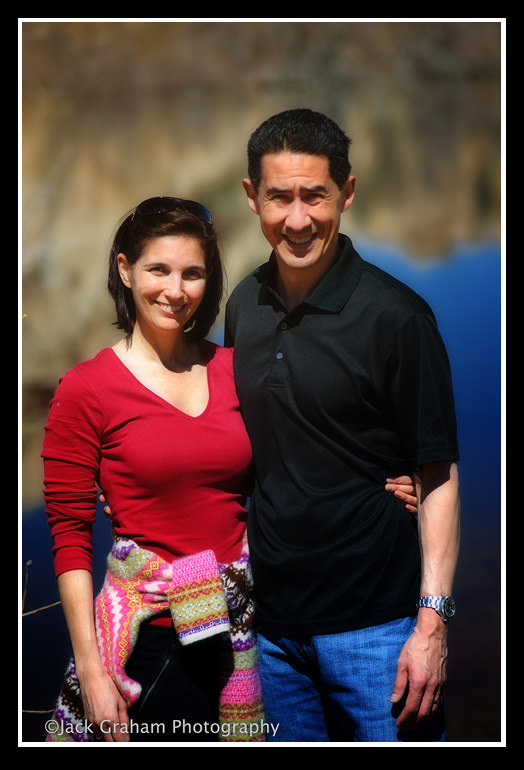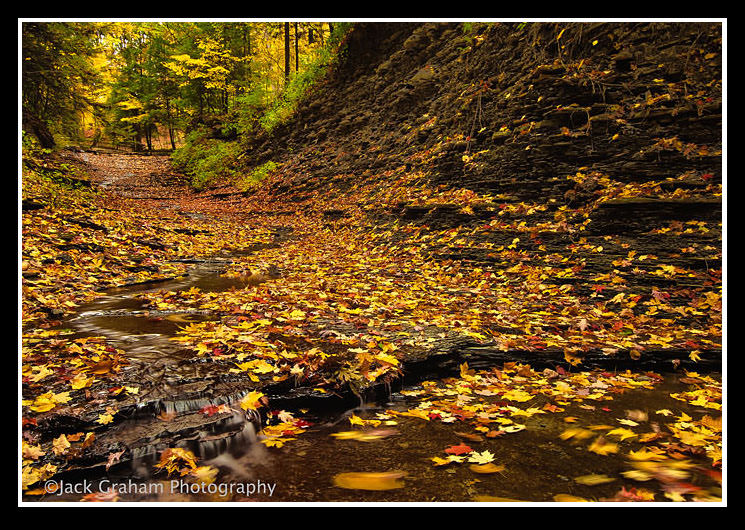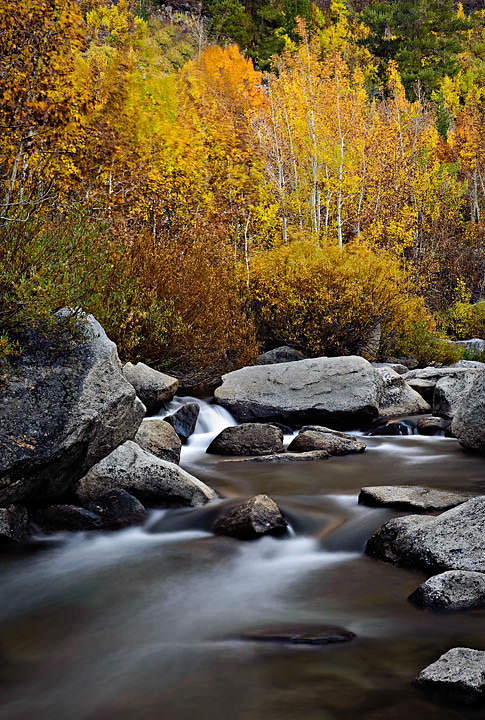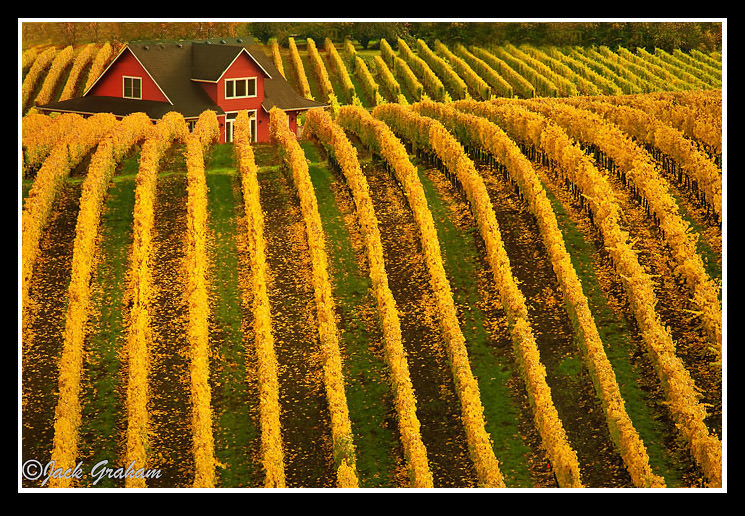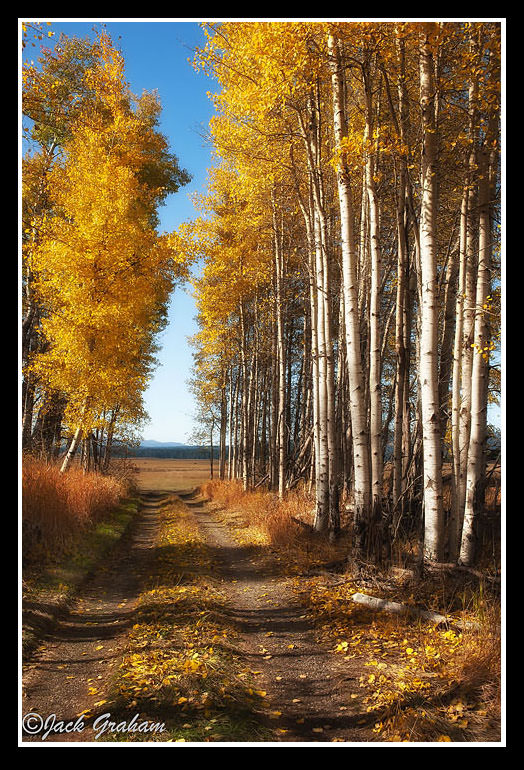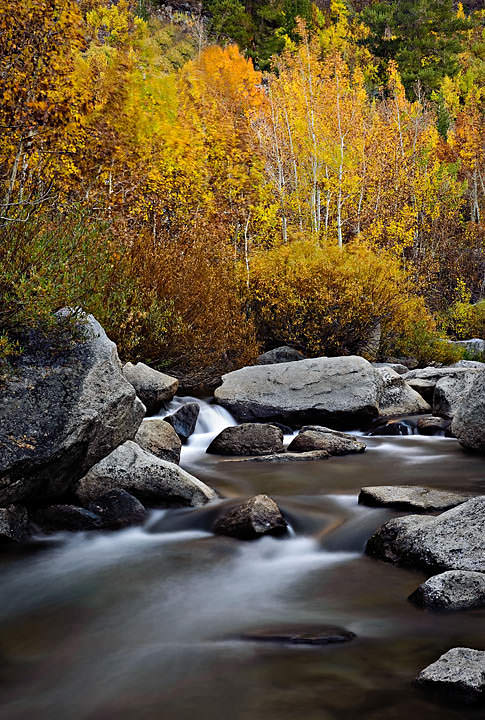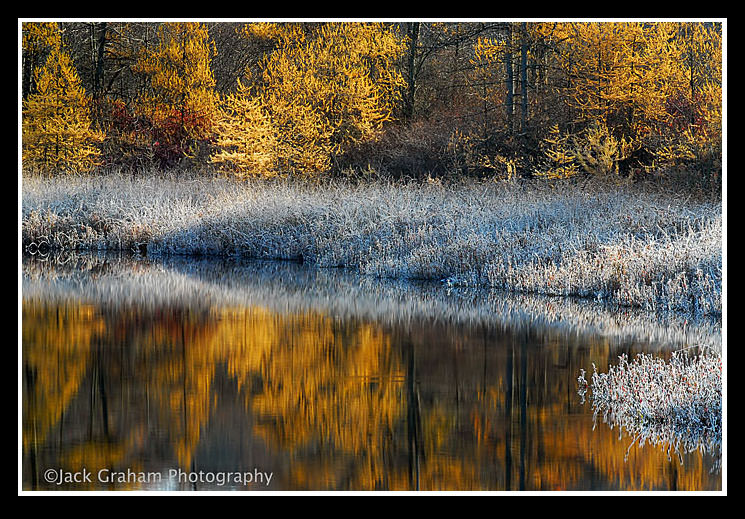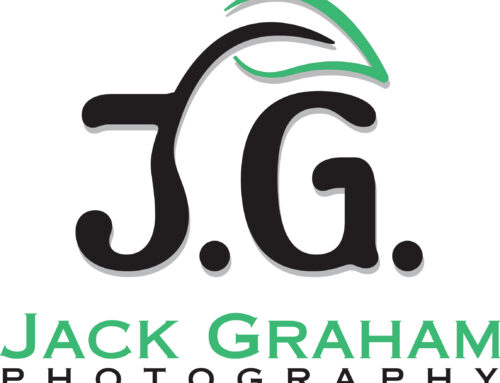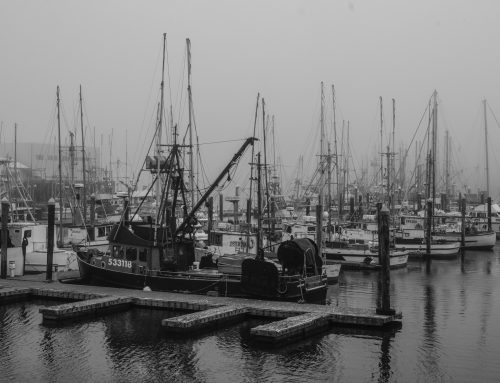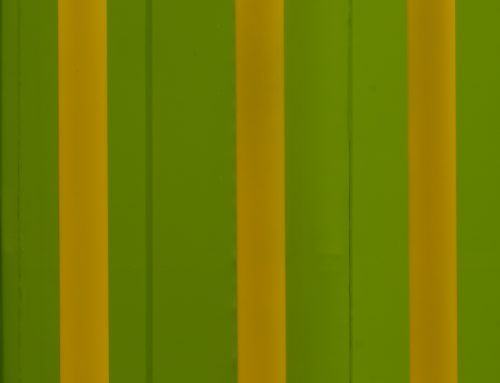PLEASE READ THE ANNOUNCEMENT REGARDING Nik Software’s new Color Efex Pro4 AND OUR PODCAST WITH NIK”S PRODUCT MANAGER Josh Haftel below!!!!!!!!
______________________________________________________________________________________________________________________________
2011 Workshop Schedule https://www.jackgrahamphoto.com/2011-workshop-schedule
Reg Forms & FAQ’S REGISTRATION FORM 2011v9 FAQ’S
2012 Workshop Schedulehttps://www.jackgrahamphoto.com/2012-workshop-schedule
Reg Forms & FAQ’S REGISTRATION FORM 2012 FAQ”S
WORKSHOP DISCOUNTS WORKSHOP DISCOUNTS
Jack’s Website www.jackgrahamphoto.com
PODCAST: www.18percentgraymatter.com WATCH FOR MY NEW E_BOOK -COMING SOON!!!!!!!
—COMING in 2012-–I will be doing a workshop on Whidbey Island , Washington May 10-13 2012 with the folks at the PACIFIC NORTHWEST ART SCHOOL (www.pacificnorthwestartschool.org). In addition I’ll also be offering a 3 1/2 day Oregon Coast workshop with the Pacific Northwest Artschool in September—-STAY TUNED for details soonhttps://www.jackgrahamphoto.com/whidbey-island-washington-pacific-northwest-art-school
_________________________________________________________________________________
WHAT’S NEW:
It’s been a while since I’ve updated the blog. Ongoing, I’ll be more active. It’s been a busy workshop season and will continue that way through mid November.
WORKSHOPS: I have a few spots left for my Fall Color in Ohio Workshop https://www.jackgrahamphoto.com/fall-color-ne-ohio-well-very-special-day-amish-oct-2011 in late October… as well as the Fall color workshop in Napa Valley, San Francisco and the Northern California Coast in early November.https://www.jackgrahamphoto.com/fall-northern-california-napa-pt-reyesmarin-headlands-sf-coastline-s-sf Registration forms are available above. These are going to be very special events. Please consider joining us. The Eastern Sierra Workshop with Guy Tal and me, in mid October has one opening left.https://www.jackgrahamphoto.com/eastern-sierra-photography-workshop-1-spot-left
DON’T FORGET ICELAND 2012 (filling fast) https://www.jackgrahamphoto.com/ultimate-iceland and CHINA 2012 http://www.phototc.com/tours/tour.php?tour=152 in 2012!!!!!!!!!!!!!!!!!
____________________________________________________________________________
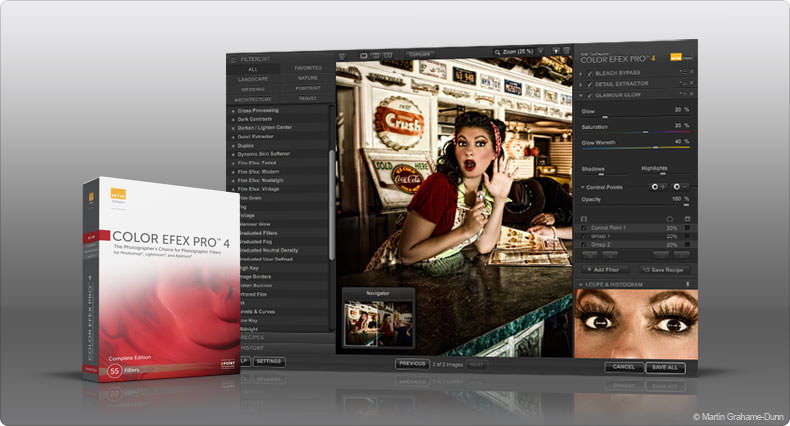 www.18percentgraymatter.com PODCAST—BIG BIG BIG BIG BIG BIG BIG NEWS—THE BEST JUST GOT BETTER…— Recently Bob Kulon and I recorded an interview with Josh Haftel, product manager at NIK SOFTWARE www.niksoftware.com regarding today’s announcement from NIK about their newly upgraded COLOR EFEX PRO4 program( available today for download). Please take a few minutes and listen to the PODCAST. You can access the site here. By using the code 18percent, you’ll receive an additional 15 % discount! This is a great program. The new addition has more filters as well as filter stacking (Thanks NIK). Please check it out, you will not be disappointed.
www.18percentgraymatter.com PODCAST—BIG BIG BIG BIG BIG BIG BIG NEWS—THE BEST JUST GOT BETTER…— Recently Bob Kulon and I recorded an interview with Josh Haftel, product manager at NIK SOFTWARE www.niksoftware.com regarding today’s announcement from NIK about their newly upgraded COLOR EFEX PRO4 program( available today for download). Please take a few minutes and listen to the PODCAST. You can access the site here. By using the code 18percent, you’ll receive an additional 15 % discount! This is a great program. The new addition has more filters as well as filter stacking (Thanks NIK). Please check it out, you will not be disappointed.
Remember code= 18percent & save 15% on download www.niksoftware.com
________________________________________________
GOOD READING: My good friends and past workshop attendees Mary & Peter Andrade have an interesting blog on line. http://pamphotography.wordpress.com/
These folks are good photographers with some different perspectives on some really cool subject matter. They have become good friends and though Mary & Peter are somewhat different in their approach, they have some really great images up in the blog, as well as some really good information. Do yourself a favor and check it out!
________________________________________________
Also, I am really proud of my son, and fellow photographer Matthew Graham. Check out his work, he’s doing some great stuff—Way to go Matt!!!
http://matthewgrahamphoto.com/wp/
________________________________________________________________________________
ANOTHER FRAUD http://www.theepochtimes.com/n2/world/celebrated-wildlife-photographer-exposed-as-fraud-in-sweden-61616.html
When will these folks learn——keep this in mind when it’s tempting to cheat. Sometimes editors should ask to see the RAW FILE!
—————————————————————–
![]() And finally–Don’t forget to check out the latest specials from my good friends at Hunt’s
And finally–Don’t forget to check out the latest specials from my good friends at Hunt’s
AND OF COURSE: <img src=”http://www.outdoorphotogear.com/affiliate/banners/BlueGreen_OPG_banner_180x150.jpg” alt=”
just click the banner and start shopping—-you’ll find accessories not found in your local camera store, all under one roof here. These are good people!
_____________________________________________________________________________________________________________________________________
FEATURED ARTICLE…………….AUTUMN, EAST AND WEST, Tips for Fall Photography
(Updated from my 2007 blog post) ©J Graham
If you love shooting the landscape like me, fall is our time of year. Fall is when the mountains, hills and valleys light up, on fire….. and then go out in a natural blaze of glory.
I have been lucky to have lived and photographed autumns here in the west, as well as the eastern regions of the country. There some major differences in photographic technique in both regions as well as certain skills. There are also some similarities.
For me,Michigan,Wisconsin, and the Adirondack Mountains of NY North-Eastern Ohio and of courseVermontis the most productive areas for me in the Northeast. Colorado, Utah, The Cascades and the Sierra Nevada Mountains are my favorites in the west. Northern Arizona, from Flagstaff north is also one of my favorites as is Yellowstone and Teton National Parks
In the east the Maples (Sugar, black and red) can be simply amazing. Other species add to the palate such as beech and hemlocks bring out lots of yellows and orange color. It takes a good summer of rain; along with the right climatic conditions bring out the best in fall color. The Maple trees are aided in color when temperatures reach high enough to bring back up the sugar into the tree. After the temperatures drop in the evenings, the sugar drops within the trees system. This is how the color becomes apparent in the leaves.
While the maples in the east blaze in red, the autumn color in the west is mostly shades of orange and gold. The principle tree in higher altitude regions is theAspen.
The aspen propagates by sending root suckers through the ground. This makes for groups of trees that are all clones of each other, sometimes referred to as a vein of aspens. You can easily pick these out against the mountainsides in the west. Unlike the east where finding the grand scenic may be a bit tougher at times, I have always found it easy to capture these veins of aspens in the west. I can remember driving south on US 395 from Bridgeport to Lee Vining (the home of Mono Lake) and shooting the aspens right off the highway. 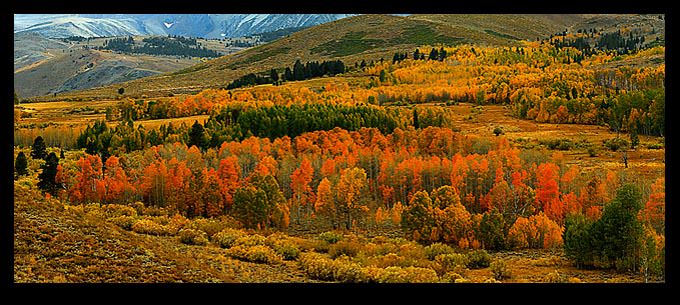
Be sure to monitor the weather. Weather in the UP of Michigan’sCountry Fall well as most of the west can change within hours. I have been in the Sierra where the morning was 60 degrees, at the height of the fall color, and in the 30’s by sunset, with the leaves dropping. Aspens can loose their leaves overnight. Timing is very critical.
Most states offer fall color information using the State Department of Natural Resources web sites. Go to a search engine and type in “department of natural resources, then your state.”
Let’s face it, we as photographers….pro’s, amateurs’ or just casual shooters all look forward to the fall color display to get out and capture all that nature has to offer. Unless you are lucky enough to live in an area that offer really interesting photography most of the year, once that cool air, increasing rain and fall color starts, we get that rejuvenated feeling and grab our camera bags and tripods and get out in the crisp, fall air to capture the vibrant colors of the season.
Fall is all about color, and how to make the most of it. Here are some pointers that can help you come home with the best images possible during this magical season of color.
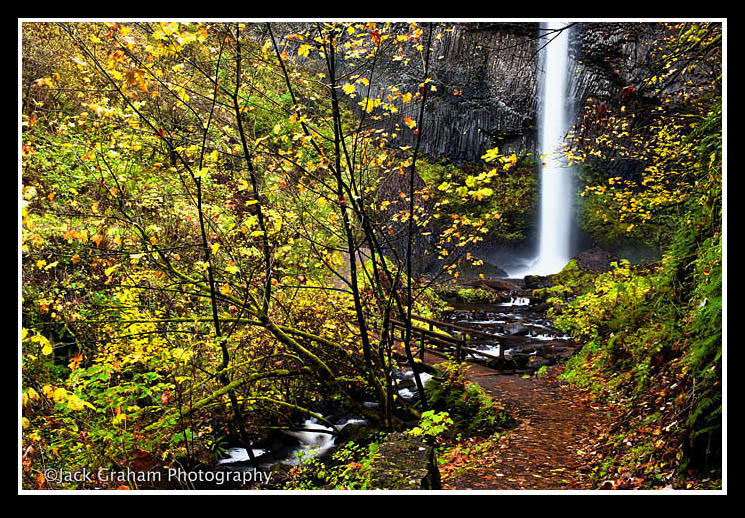 ~Overcast and even rainy weather provides the best lighting for both landscapes as well as for close-ups of fall leaves, ferns, mushrooms, berries, and other subjects. Bright sunny weather creates harsh highlights, blocked shadow details, and even a blue cast due to reflected light from the blue sky. A cloudy sky minimizes the blue cast, reduces contrast, and increases color saturation. Rain and wet conditions serve to even increase the color saturation. Heavy rain also makes the tree trunks dark, further enhancing the color of the leaves
~Overcast and even rainy weather provides the best lighting for both landscapes as well as for close-ups of fall leaves, ferns, mushrooms, berries, and other subjects. Bright sunny weather creates harsh highlights, blocked shadow details, and even a blue cast due to reflected light from the blue sky. A cloudy sky minimizes the blue cast, reduces contrast, and increases color saturation. Rain and wet conditions serve to even increase the color saturation. Heavy rain also makes the tree trunks dark, further enhancing the color of the leaves
- A credo of nature photography, stated by Ansel Adams, is that “Bad weather makes for great photography”. Streams, rivers, waterfalls and forests are great subjects to photograph when it rains. Take care to keep your equipment dry as well as yourself and get out and shoot in these conditions. You might come home soaked, but making images in rainy weather will be a lot more rewarding than those on sunny days.
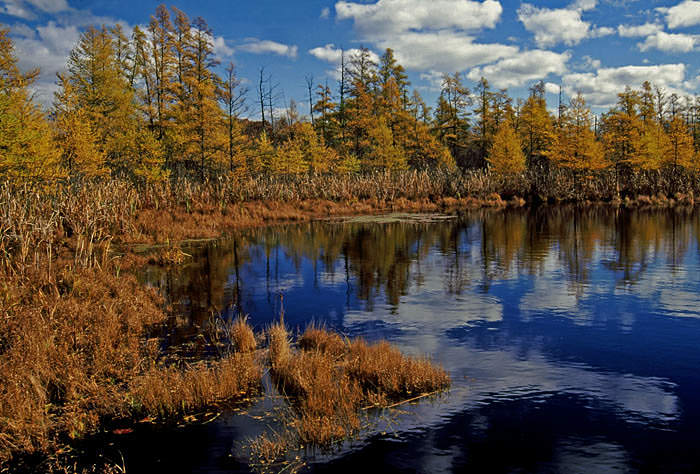 When making close up images, always use a circular diffuser, to soften direct sunlight, simulate an overcast sky, and thus improve the lighting for your fall close-ups. You may not think you need it, but even on cloudy days diffusers make a big difference.
When making close up images, always use a circular diffuser, to soften direct sunlight, simulate an overcast sky, and thus improve the lighting for your fall close-ups. You may not think you need it, but even on cloudy days diffusers make a big difference.
- Early morning and late afternoon lighting on sunny or partly cloudy days can provide dramatic lighting for scenic fall vistas taken in the open. Weather fronts, which often occur in fall, can also provide sensational light, especially when areas of fall color are sunlit against a dark storm sky.
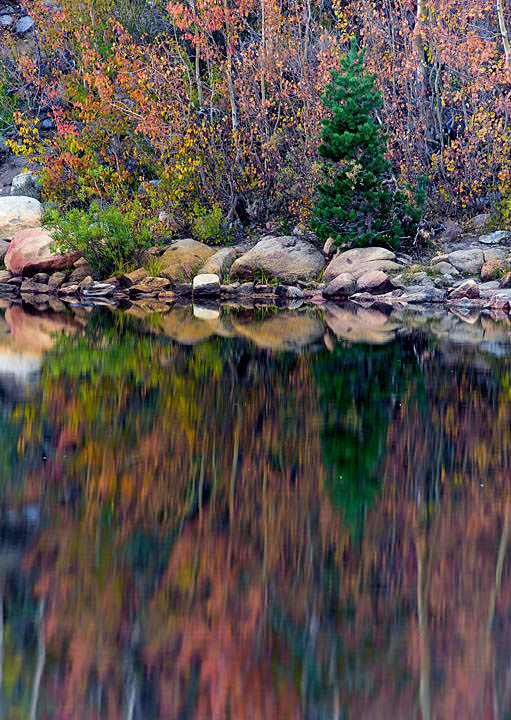
- Let’s talk about sky. If the sky adds nothing to your image… LEAVE IT OUT. White or overcast, less than dramatic sky is poison to an image.
- Sunny weather is also the best lighting for photographing reflections of fall foliage in lakes, rivers, and streams. The reflections are most dramatic when the fall color is sunlit and the water is in shade. Try using slow shutter speeds to create abstracts from fall foliage reflected in the moving water of rivers and streams. Be careful if you are using a polarizer. This can detract from the reflections that you really want, of the color in the water. Refer to this article to get more tips on photographing water. http://jackgrahamphoto.wordpress.com/2011/07/12/2377/
- Misty, damp days can provide wonderful, moody lighting for fall color and waterfall photography. The air is usually still, eliminating the problem of wind movement, and the moisture on leaves and rocks intensifies their color.
As with snow scenes, relying on your camera meter may result in misty scenes that are too dark, so you may need to open up by ½ to 1 f-stop to retain the pearly light and luminosity that permeate these quiet foggy fall days.
- A polarizing filter can be used to intensify colors and minimize reflections from wet rocks and leaves. An exposure increase of 1 to 2 f-stops will be needed, depending on the amount of polarization. Your camera meter will adjust the exposure automatically when you attach a polarizing filter. With most modern digital cameras, a “circular” polarizing filter is needed to ensure an accurate exposure reading. Don’t forget your graduated ND’s as well. www.singh-ray.com
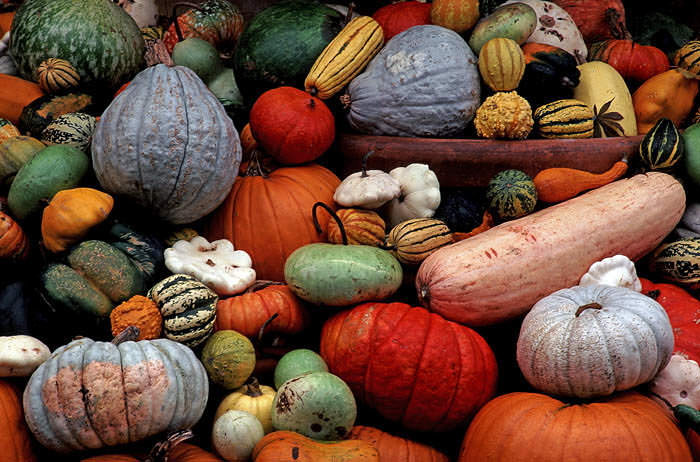
- Use color to your advantage. Complimentary colors add to impact images. Green foliage combined with the reds and oranges work well. So does yellow aspens against blue skies in autumn.
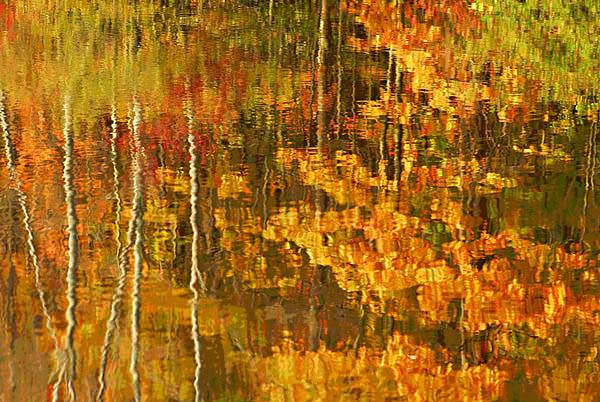
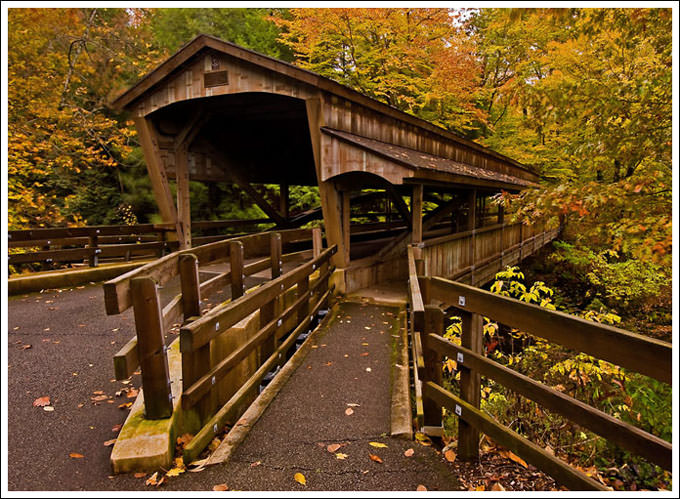 Look for different subjects such as reflections of the fall color in water pumpkins, covered bridges, buildings that can compliment the fall color. Make use of the color. Don’t just go after that grand landscape.
Look for different subjects such as reflections of the fall color in water pumpkins, covered bridges, buildings that can compliment the fall color. Make use of the color. Don’t just go after that grand landscape.- Keep your compositions as simple as possible. Remember; don’t try to write a novel in your photographic composition, write the sentence that tells the story. Use the rule of thirds, graphic lines and make your image using a key element as the anchor. Simple is always the best.
- Always use a tripod. Walk around with your camera before committing to a spot while it’s on your tripod. Choose your lens properly to get the shot you want.
- Get out and stay out. You can use this saying in two instances. Especially in the East where we might require getting onto private property to get that “winner” shot, always ask first as to avoid hearing that phrase. Make sure you have all the right clothing and equipment to be able to get out in bad weather. Stay out as long as you have some light. Your best light is always during the golden hours in the morning and evenings.
Most of all enjoy the color display that happens only once per year. In just a few short weeks (at least where I live) it will only be a dream and the realities of winter will set in.
Finally here are a few websites to help you monitor the fall color:
http://usparks.about.com/od/fallfoliage/a/Fall-Colors.htm
http://www.chiff.com/a/fall-foliage.htm
http://www.weather.com/activities/driving/fallfoliage/
http://phototravel.com/fall.htm (more than you’ll ever need!)
http://www.wxnation.com/fallfoliage/ (lots of cams)
For the west —- www.calphoto.com


